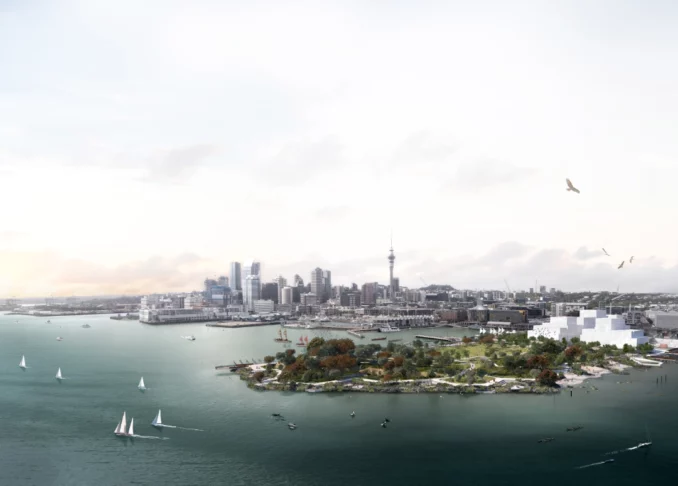
Te Ara Tukutuku project is regenerating the northern end of Wynyard Point to create a beautiful new waterfront destination for the people of Tāmaki Makaurau.
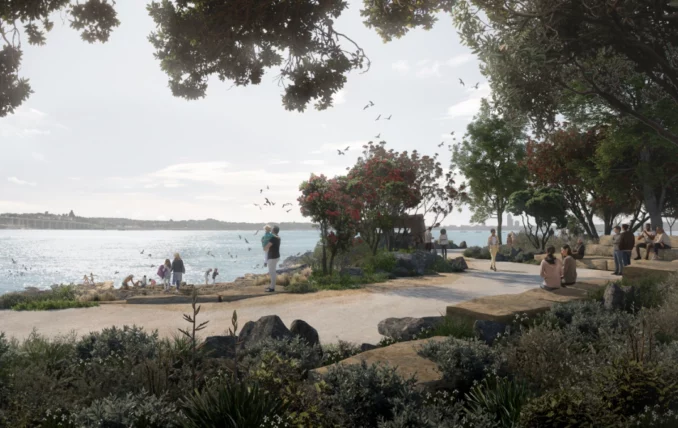
Through co-design and applying Mātauranga Māori (traditional Māori knowledge) and science, the 5ha public space is being transformed from its petro-chemical past into a healthy and thriving coastal environment.
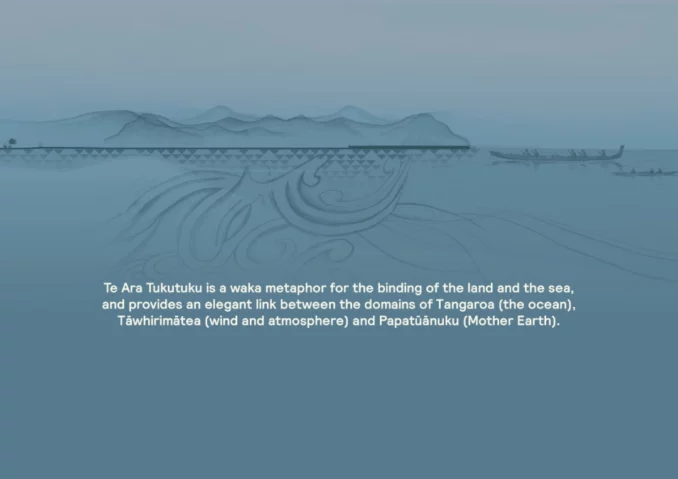
The vision for Te Ara Tukutuku is to create a living green open space sitting on Te Waitematā, a space to reconnect and rebind the relationship between Tangaroa (the ocean) and Papatūānuku (Mother Earth), connecting people back to the water.
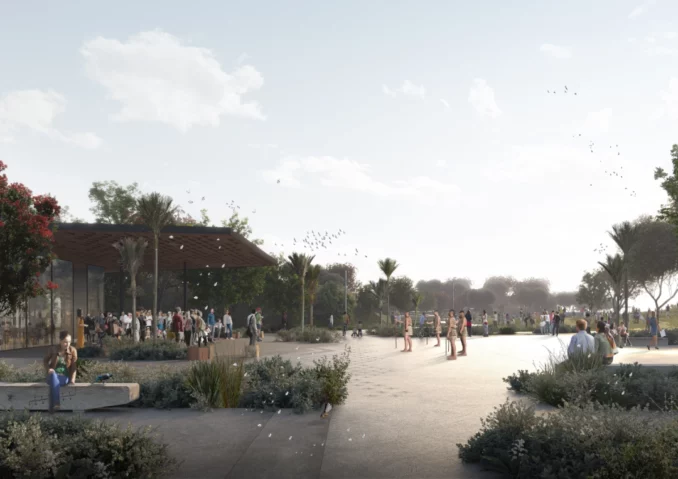
LandLAB were commissioned by Eke Panuku in 2022 as the lead consultant to develop a masterplan and design vision for the creation of the 5ha open space Te Ara Tukutuku.
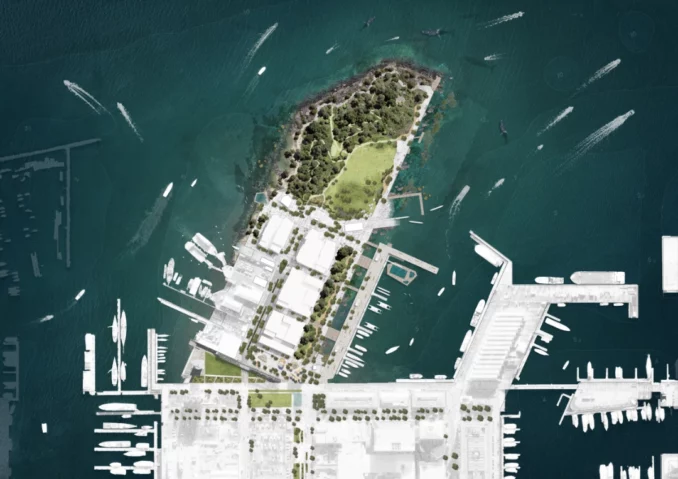
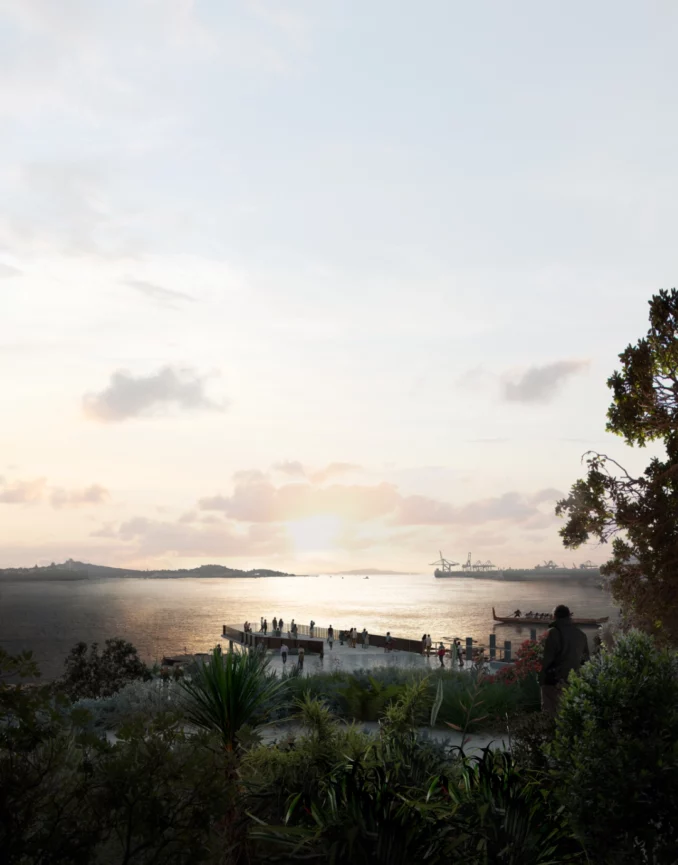
Our consortium ‘Toi Waihanga’ led by LandLAB and comprising of SCAPE, Warren and Mahoney, Mott MacDonald, DONE, Stellar Projects, BECA and Fresh Concept working closely alongside Eke Panuku and Mana Whenua o Tāmaki Makaurau. Toi Waihanga represents our team as a collective of ‘creative designers’ with a variety of skills, experiences and passions that will fill our ‘kete’ (basket) of knowledge over time through deep engagement and meaningful wānanga. Te Ara Tukutuku celebrates Māori arts, science and technology, fosters Mānaakitanga and is rooted in Mātauranga Māori (indigenous knowledge). Binding the ātea and the waharoa is a place not conceived like any other park we have in Tāmaki Makaurau. A living green space provides an ātea to re-connect and rebind the relationship between Tangaroa and Papatūānuku; binding land and sea, and connecting people back to the water.
The vision for Te Ara Tukutuku is to create a living green open space sitting on Te Waitematā, a space to reconnect and rebind the relationship between Tangaroa (the ocean) and Papatūānuku (Mother Earth), connecting people back to the water.
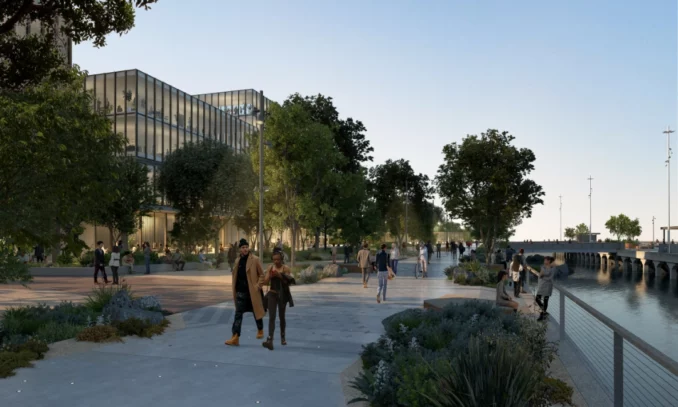
Te Ara Tukutuku refers to and acknowledges the significant cultural landscapes and headlands of the past, present and future, and strengthens connections to Te Waitematā.
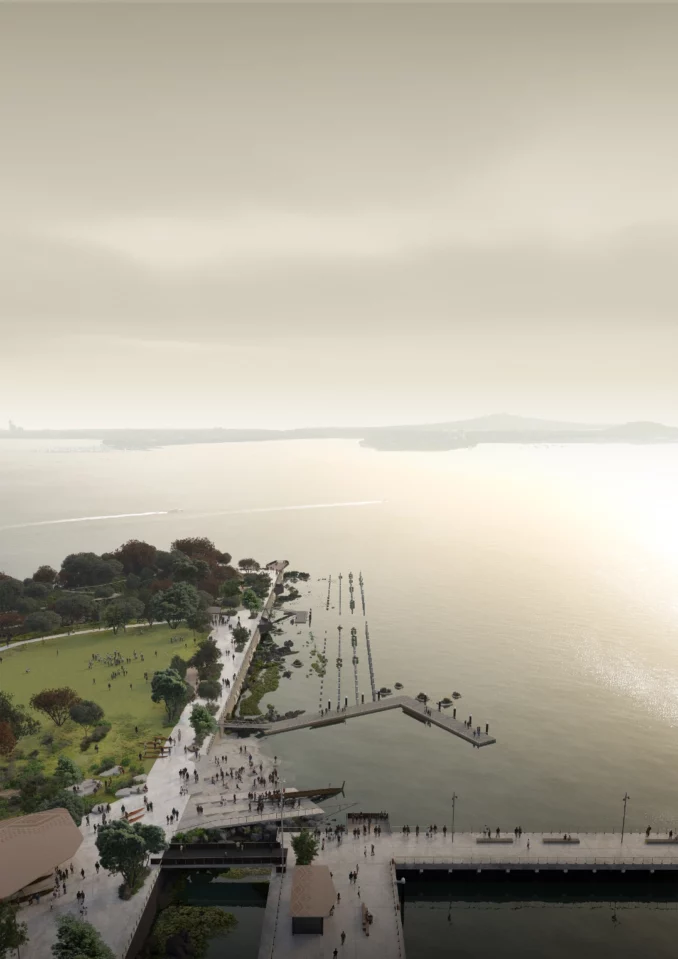
The park is a sequence of welcoming and flexible spaces to enable manaakitanga, tikanga, cultural practices, protocols, activities, and events. This enables Mana whenua to express their identity, traditional knowledge and culture enabling Ahi Kaa (enduring presence) within Te Ara Tukutuku. An on-site nursery offers education, maintenance, and participation opportunities for rangatahi.
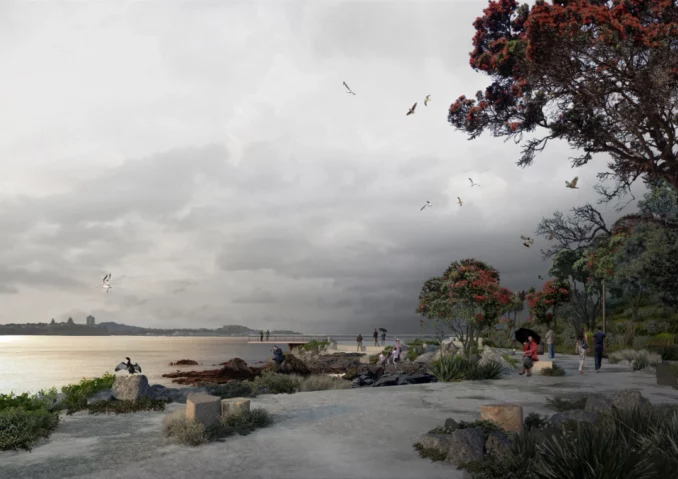
A sophisticated topography and coastal edge shapes diverse open spaces and experiences. Transforming Te Ara Tukutuku into a thriving and resilient ecological landscape that supports wellbeing.
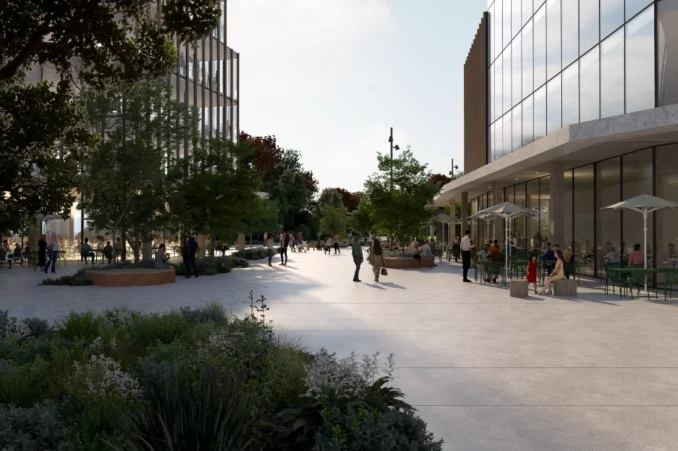
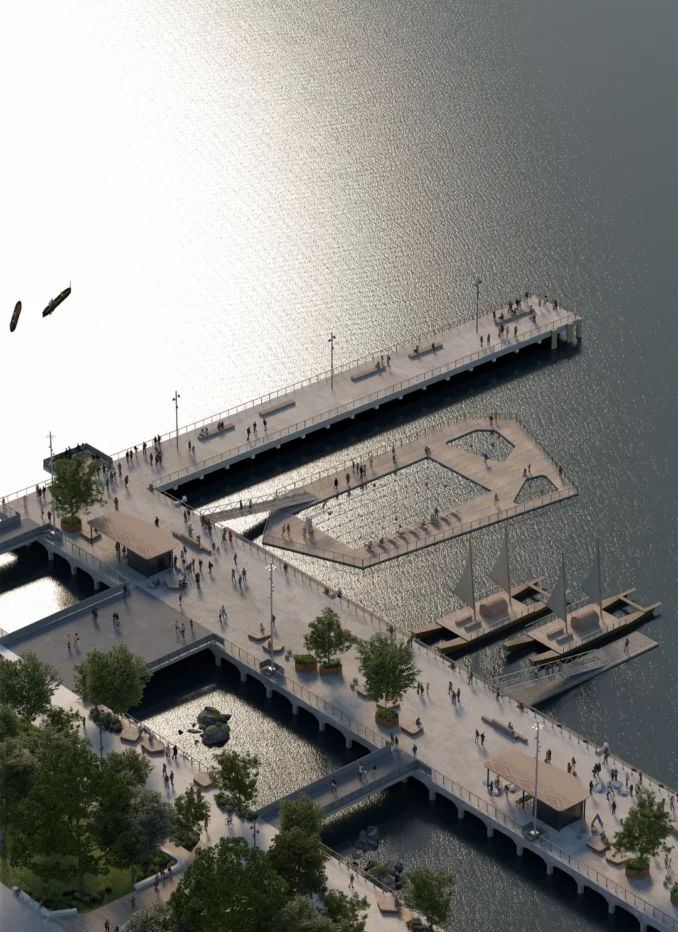
Threads of activity located along key pathways that support operational and educational hubs of the headland spaces. Pathways that thread together educational and operational activities that support
stewardship of the headland.
Climate resilience and adaptation is established through shoreline habitat and marine ecology restoration driven by a more urban and formal eastern edge and natural/ quiet / reflective western edge conditions.
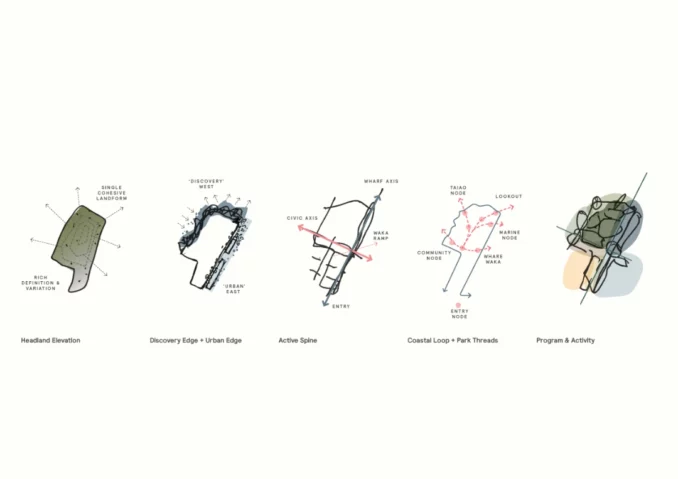
The design process is informed by the interaction of land, sea and people;
Land – The creation of Te Ara Tukutuku is through forming the land to create a varied topography that allows for multiple spaces and places for people to reconnect with Te Ara Tukutuku and Te Waitematā. Working the land to create a functioning landscape system.
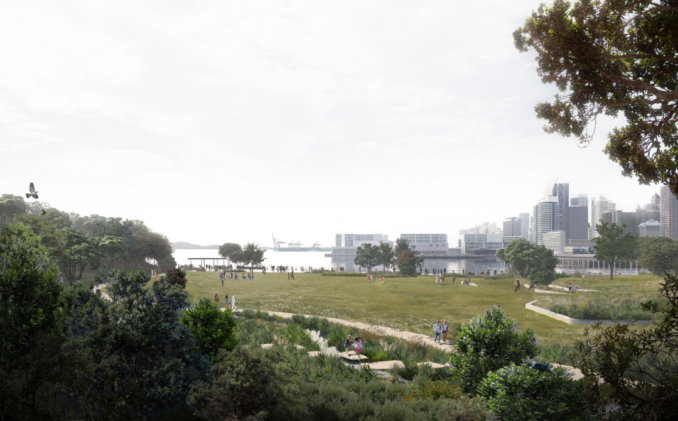
Water – Te Ara Tukutuku sits within the realm of Tangaroa, and Te Waitematā. The mana of Te Waitematā will be acknowledged by improving the degraded water quality, minimising contamination and
related discharges, regenerating, and enhancing habitats and tāonga species.
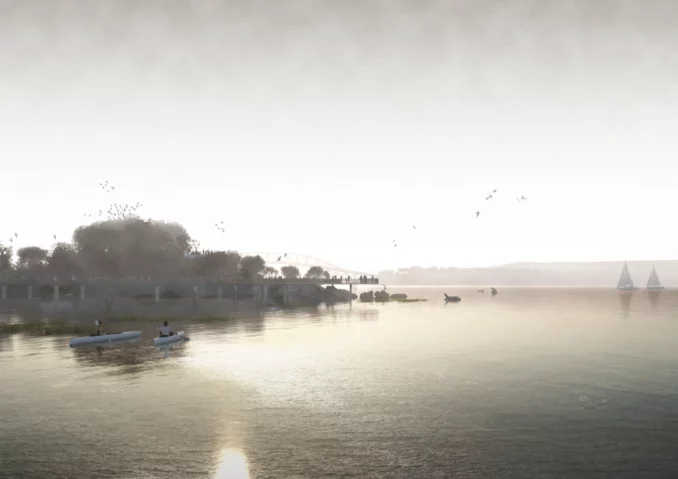
People – Only then can we bring Te Ara Tukutuku into mauri ora, through holistic wellbeing for place, culture and community. The organising transect of manaakitanga is through the transition and layering of shelter, social, and ritual as you navigate from land to sea informs the programming of the spaces and experiences.
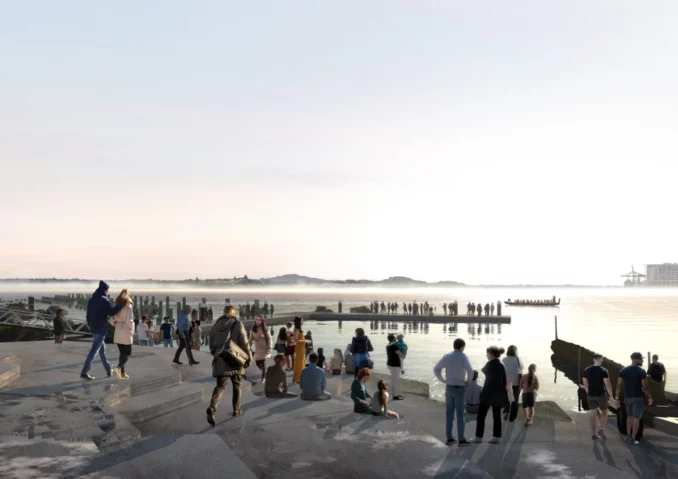
LandLAB’s design approach integrates the processes of ‘healing, forming and cultivating’;
- Heal – we initiate the healing process by transitioning from an industrial past and reinstating a living, interconnected system that improves the health of the whenua (land), wai (water), moana (sea), and tāngata (people). The kaupapa is a catalyst for change that will contribute to mātauranga led restoration of the Wynyard Headland to become Te Ara Tukutuku.
- Form – a sophisticated topography and coastal edge shapes diverse open spaces and experiences. Transforming Te Ara Tukutuku into a thriving and resilient ecological landscape that supports wellbeing.
- Cultivate – the cultivation of new experiences, Te Ara Tukutuku will be a new destination and place for Tāmaki Makaurau that provides a wide range of nature based experiences within an urban context.
LandLAB acknowledges the time, effort and goodwill that has been invested to date from the Mana Whenua Working Group, which comprises of Te Ākitai Waiohua, Ngaati Whanaunga, Te Patukirikiri, Ngāti Whātua Ōrākei, Ngāi Tai ki Tāmaki, Ngāti Maru, Ngāti Tamaterā and Ngaati Te Ata Waiohua.
Te Ara Tukutuku
LandLAB Team
Henry Crothers, Suyi Gan, Sam Gould, Scott Greenhalgh, Bela Grimsdale, Ethan Reid.
Collaborators
BECA, Done, Fresh Concept, Morphum, Mott MacDonald, SCAPE, Stellar Projects, Tataki, Uru Whakaaro
Client
Eke Panuku
Mana Whenua o Tāmaki
Makaurau
